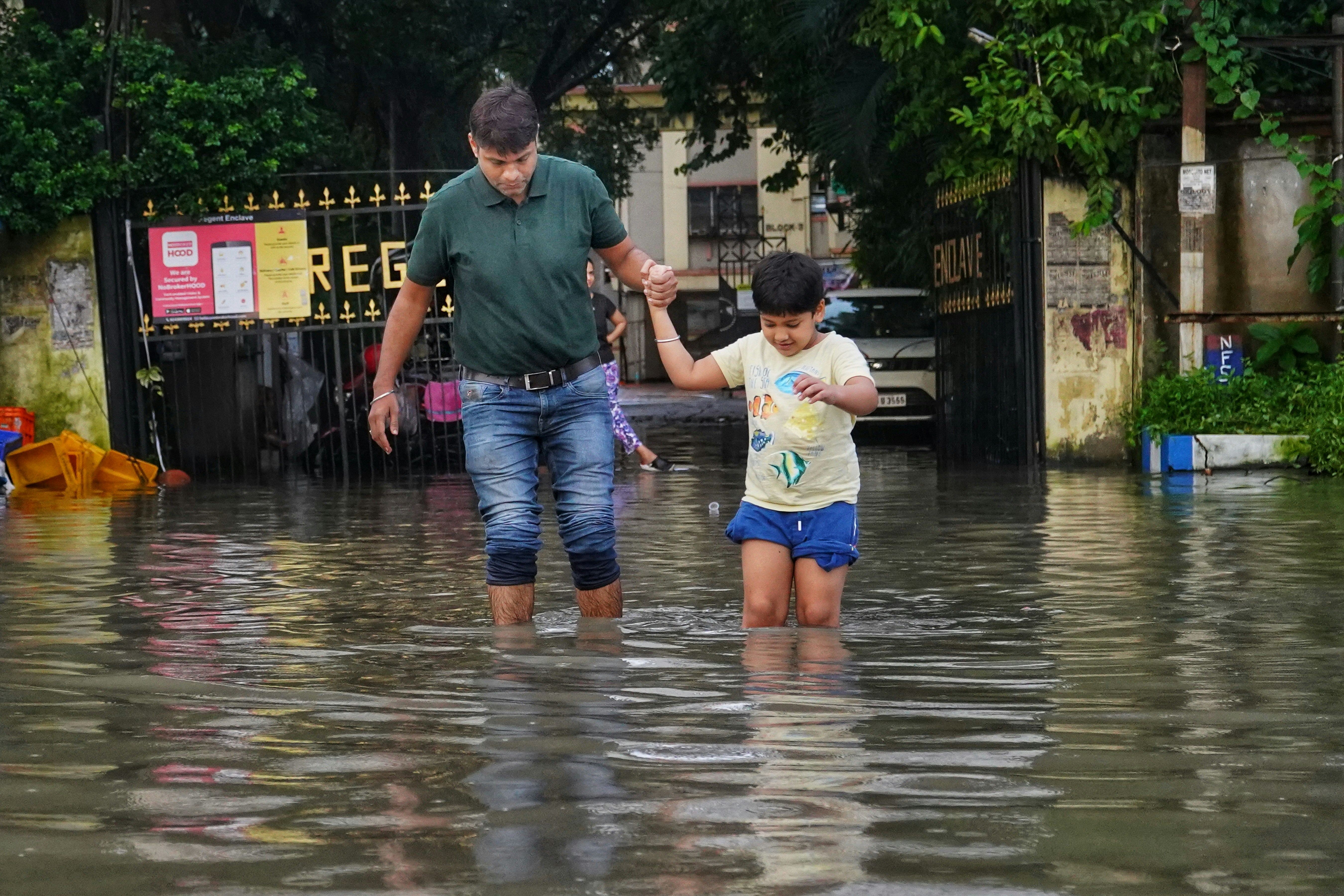Media release
From:
Climate change: Younger generations will likely be exposed to more climate extremes (N&V)
The burden of the climate crisis will be felt more by younger generations than older generations, according to a paper published in Nature. Analyses suggest that about 52% of people born in 2020 will experience unprecedented exposure to heatwaves alone under a 1.5 °C warming scenario, compared with 16% of those born in 1960. The results emphasize the need to mitigate greenhouse gas emissions to reduce the burden of climate change on younger generations.
Human exposure to climate extremes, including heatwaves, crop failure, and droughts, is expected to rise as the climate continues to warm, with younger generations expected to experience these extremes more frequently than older generations. However, the number of people born in different years and with different socioeconomic vulnerability expected to experience such exposure to climate extremes under a range of climate warming pathways has remained unclear.
Luke Grant, Wim Thiery and colleagues projected unprecedented lifetime exposure to extreme events under a range of climate warming pathways worldwide. Unprecedented lifetime exposure is defined as a less than one-in-10,000 chance of experiencing the same exposures to extremes in a world without anthropogenic climate change. The authors find that exposure will double for those born in 2020 compared with for those born in 1960 under current mitigation policies aligned with a global warming pathway reaching 2.7 °C above pre-industrial temperatures by 2100. They show that around 16% (13 million) of people born in 1960 across the globe will experience unprecedented lifetime exposure to heatwaves. Meanwhile,around 52% (62 million people) of those born in 2020 will experience unprecedented lifetime exposure to heatwaves if warming increases by 1.5 °C above pre-industrial levels by 2100, rising to 92% if warming reaches 3.5 °C. In expanding their analysis to five additional climate extremes — crop failures, wildfires, droughts, river floods, and tropical cyclones — along with heatwaves, Grant and colleagues find that the increase in exposure to climate events with birthyear is statistically significant for all extremes. They add that, under the status quo, the most socioeconomically vulnerable subset of each birth cohort is more likely to have higher exposure to these climate extremes than the least vulnerable subset.
The authors note that the study has some limitations; for example, their analysis does not account for variables such as the movement of people within country borders and trends in fertility and mortality. However, the findings highlight the need for effective strategies to mitigate future greenhouse gas emissions to protect future generations.



 Australia; New Zealand; International
Australia; New Zealand; International


